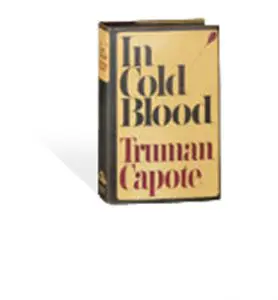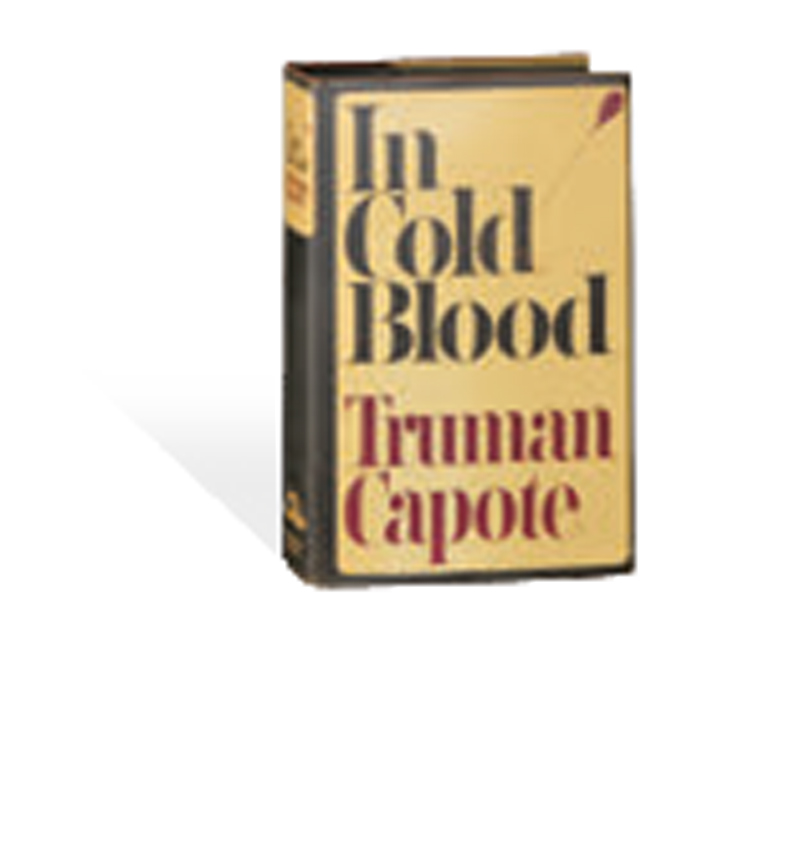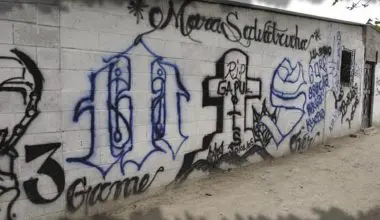 “THE village of Holcomb stands on the high wheat plains of western Kansas, a lonesome area that other Kansans call ‘out there.’ ” So begins Truman Capote’s non-fiction novel, In Cold Blood.
“THE village of Holcomb stands on the high wheat plains of western Kansas, a lonesome area that other Kansans call ‘out there.’ ” So begins Truman Capote’s non-fiction novel, In Cold Blood.
Capote was a brilliantly gifted writer and he relates in this book the senseless and random brutality of the murder of the entire Clutter family on November 15, 1959 in the farming community of Holcomb, Kansas.
The suspects were Richard Eugene Hickock, age 33, and Perry Edward Smith, age 36. As the pages are turned, the sociopathic nature of the two suspects is glaringly revealed. They are random individuals who act compulsively and without feeling. Through shattered personal lives, they have become contemptuous of those who have what they do not. They are truly, truly dangerous. There are others like them.
In Cold Blood is as timely today as it was when it was published in 1966. It demonstrably illustrates the randomness of sociopaths.
Acting on flawed information, Hickock and Smith—both recently released from prison—drove over 800 miles in 24 hours to commit the crime. They were determined to empty the contents of a nonexistent safe in hardworking Herb Clutter’s farmhouse. They vowed beforehand not to leave witnesses. There was no safe, nor was there ever a safe. Hickock and Smith were true to their word, as they left no witnesses on that fateful night. Herb Clutter, his wife Bonnie, teenage son Kenyon, and teenage daughter Nancy were bound, tied and shotgunned to death. Herb Clutter’s throat was cut as well.
There was no personal connection between the Clutters and the suspects. Another prisoner, who had briefly worked for Herb Clutter and was housed with one of the suspects in prison, had erroneously surmised that Herb Clutter had both money and a safe. A few words and faulty information between two suspects imprisoned hundreds of miles away sealed the fate of the Clutter family.
The Clutters could never have known of this nor the imminent peril in which they had been placed. In the end, $40 and a small radio were all the suspects would have to show for it.
After the crime, the two suspects fled to Mexico and then moved on through various points of the U.S. They kited checks, pawned stolen goods, stole vehicles and switched plates, ultimately leaving a trail that was hard to follow.
Those persons who picked up the pair when they were hitchhiking had no idea the two were planning to kill them and steal the very vehicle in which they were riding. Hickock and Smith lived for the moment, fueled by the delusional dream of finding hidden treasure from a map they possessed. There was that much of a fracture from reality.
I have observed firsthand such pathological randomness in crimes, shootings and murders during my career. There may be no sense to it at all—at least when viewed from the perspective of a rational individual. Even the suspects cannot account for their actions. They simply did what they did. It is that simple.
Many shooting students do not grasp the senseless, violent nature of certain suspects. Most citizens do not comprehend the inherent risk posed by certain individuals. Even some police officers fail to grasp that there are people out there who truly do not play by the rules.
There are individuals who cannot be reasoned with. There are individuals who never have nor ever will show or expect compassion. They are cold blooded, ruthless and without remorse. There is a social disconnect with such individuals that rational individuals fail to grasp. If you understand this, then perhaps you understand the steps necessary to protect yourself and your family.
Another fascinating aspect of In Cold Blood is the era in which it occurred. It was post-World War II in the rural heartland. The American ethos of hard work, community, perseverance and doing the right thing was in full effect on the high wheat plains. This was a time and place impervious to such horrors. Other multiple murders would soon transpire across the nation, yet none had as much impact as this one. Where hard work and ethics prevailed and where by all accounts, one should feel the safest, a myth was shattered in a single lonely night by four shotgun blasts.






1 comment
A very similar series of murders took place over the past several months in las Vegas and Mohave county, AZ which saw several victims killed, some of whom appear to have been randomly targeted. The chief offenders killed themselves/each other after a standoff in the desert but others were also involved and have been charged. They’re out there.